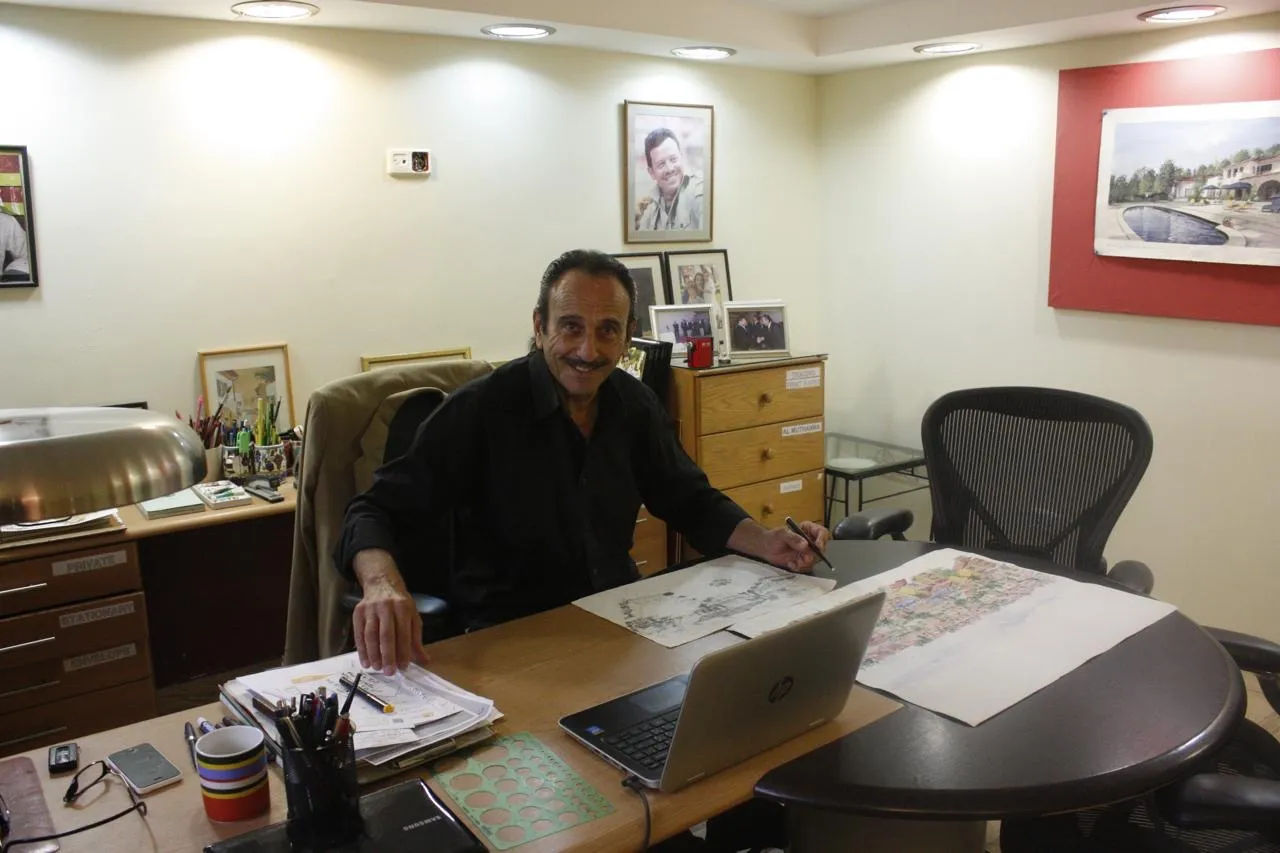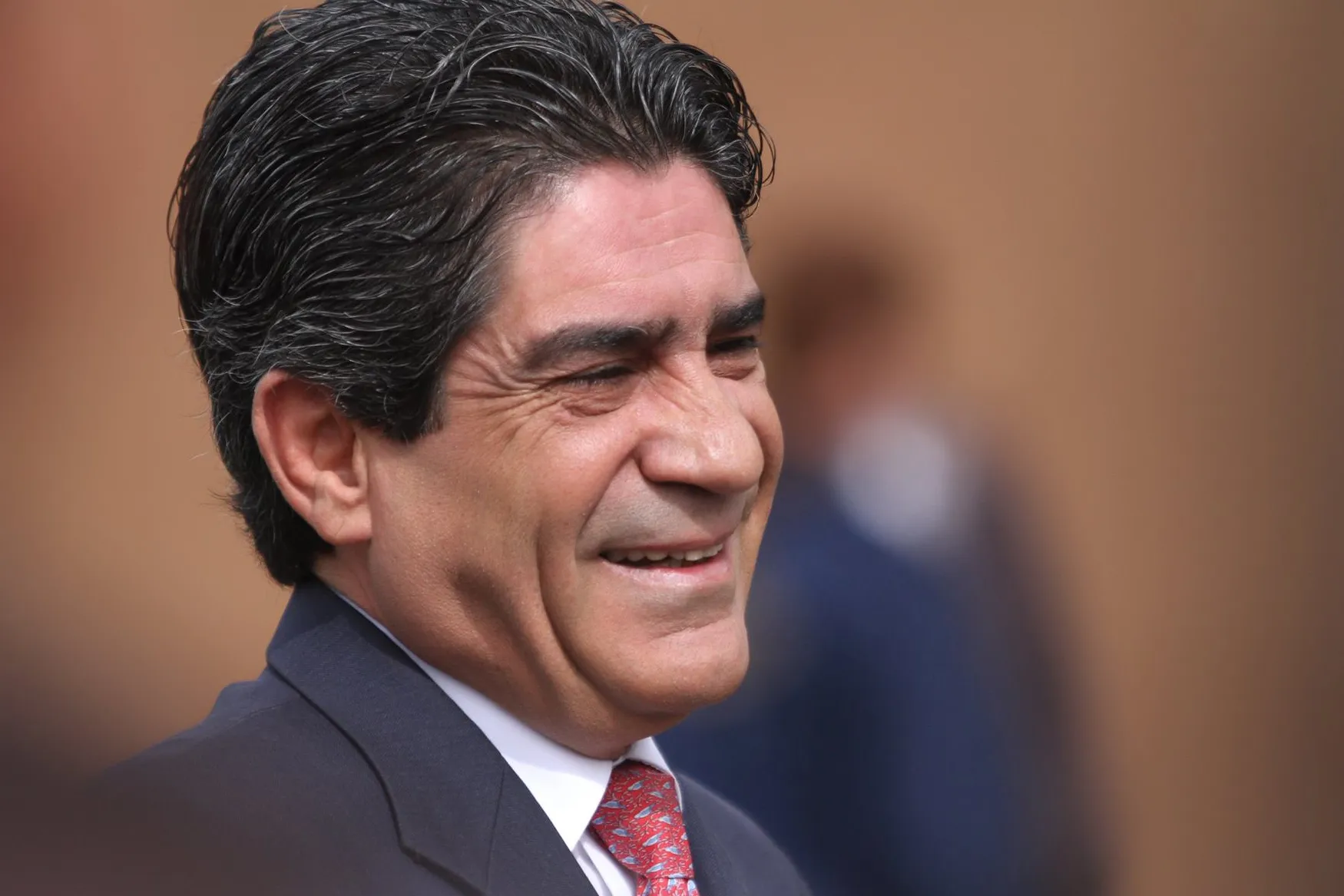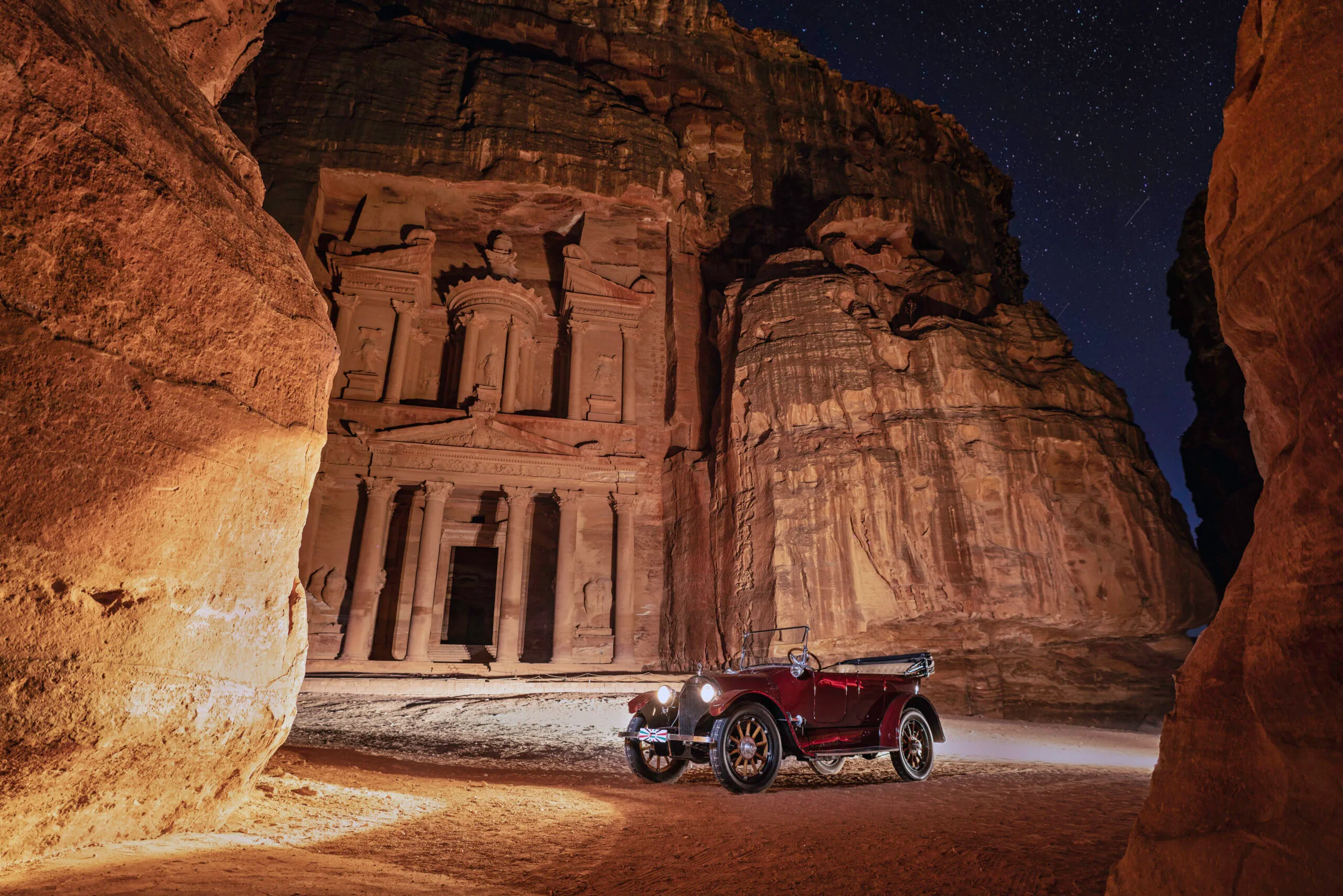When Design Meets Speed
Meet the architect behind Jordan’s Royal Automobile Museum
ANOVIA– In a country where sand and stone tell stories of civilizations past, one building dares to speak the language of engines, elegance, and legacy—the Royal Automobile Museum. Behind its sleek curves and museum-grade storytelling is not just an architect, but a man who has lived and breathed motion since boyhood.
At 80 years old, Ziad Dirani still speaks of cars with a boyish grin, as if every engine’s hum still echoes in his chest. Anovia had the pleasure of meeting him in his Amman home office, part studio, part memory vault, where drawings, sketches, and miniature car models rest like honored guests.
“Ever since I was a little boy, my passion was drawing,” Dirani recalls. “I drew everything, and when in school exams I didn’t know the answer, I would sketch cars in the empty space. Sometimes I’d add my own touch to well-known models or draw entirely imaginary ones.”
His love for design, especially automotive design, was more than a passing hobby; it was a family legacy. “I inherited this passion from my father, who encouraged my love for cars and racing,” he says. “And now my sons, especially Zaid, have inherited it from both of us.”
Dirani considers his role in designing the Royal Automobile Museum a defining moment in his architectural career. “It combined my two great passions: cars and architecture,” he says. “But more than that, it was a creative challenge that carried emotional weight.”
Commissioned to honor the legacy of His Majesty the late King Hussein, the museum had to do more than house cars—it had to tell a story. Dirani studied every vehicle in the collection: where King Hussein used it, for what purpose, in which moments of Jordanian history it played a role. These intimate details became part of the exhibition, displayed for visitors to discover.
“His Majesty King Abdullah wanted a space that not only displayed his father’s unique collection but did so with dignity and storytelling, capturing memory and legacy,” Dirani explains. “I had complete freedom in the planning and design, which made the journey incredibly joyful and fulfilling.”
The museum is not just a building; it’s a tribute to movement, mechanical, historical, and emotional.
Dirani’s architectural journey began with a surprise twist. He had gone to the University of Beverly Hills in the U.S. to study engineering, but California’s Spanish architecture seduced his imagination. “I was spellbound,” he says. “I began redrawing the homes I admired, then adding my own artistic touches.”
After graduation, he returned to Jordan in 1971 and launched a career that would eventually earn him the informal title of “The Royal Architect.”
“I was honored to build homes for His Majesty the late King Hussein, King Abdullah II, and other members of the Hashemite family,” he says with quite pride.
Yet Dirani’s integrity remains rooted in principle. When it comes to home design, he’s famously selective. “Unless I’m convinced of the quality of the land plot, I will not accept the project,” he says. “I study the neighborhood, the environment, and every element of comfort for the client. I’m honest with those who approach me, and after all these years, I never had a dissatisfied customer.”
Today, Ziad Dirani stands as a testament to what happens when passion, precision, and personal history unite. His architectural fingerprint graces some of the most valued spaces in Jordan, but it’s the Royal Automobile Museum that holds his heart.




